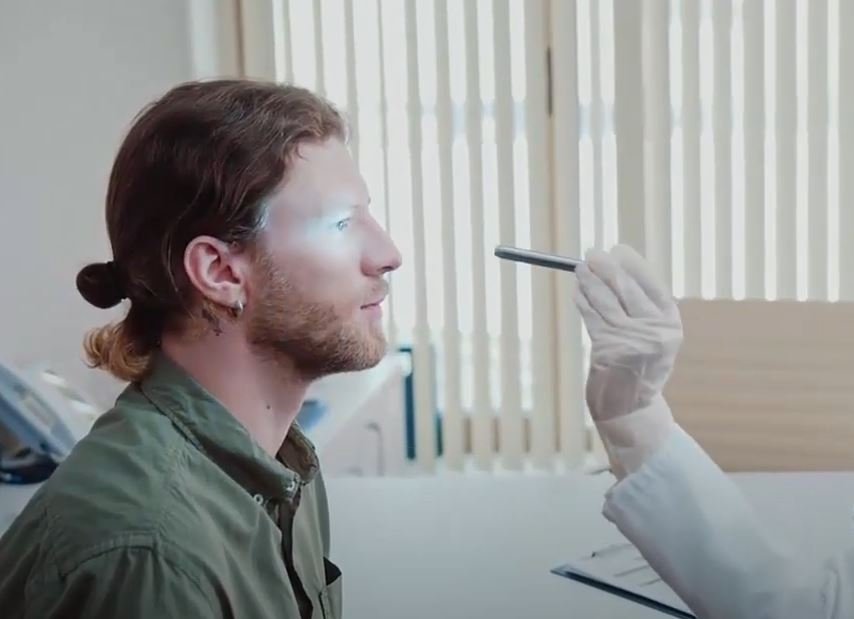Virginia Giuffre’s final public statement was not a press conference or legal statement, but rather a very personal Instagram post from a hospital bed, where she was visibly shaken and bruised, in which she stated that doctors had given her only four days to live. She was reintroduced to the world stage as a vulnerable human being torn between public scrutiny and personal suffering as a result of this dramatic announcement and her disclosure of severe kidney failure after a horrific bus accident. Her words carried a particularly strong weight, implying that even though her body was failing, her spirit was holding onto one final hope: the opportunity to see her kids once more.
What transpired was tragic and illuminating. Her family confirmed a few days later that she had committed suicide at her home in Neergabby, Western Australia. Even though her sudden death was painful, it also brought to light the conspicuous lack of ongoing support for survivors who confront influential institutions. Her demise served as a reminder that healing isn’t linear and that some people find the burden too great to bear alone, especially for someone who had already dealt with billionaires, royalty, and vicious online attacks.
Virginia Giuffre — Biographical and Professional Information Table
| Category | Information |
|---|---|
| Full Name | Virginia Louise Giuffre (née Roberts) |
| Date of Birth | August 9, 1983 |
| Age at Time of Death | 41 |
| Place of Death | Neergabby, Western Australia |
| Nationality | American-Australian |
| Known For | Accusing Jeffrey Epstein, Ghislaine Maxwell, and Prince Andrew of abuse |
| Family | Mother of three; formerly married to Robert Giuffre |
| Health Crisis | Kidney failure following car crash with a school bus |
| Cause of Death | Confirmed suicide by family statement |
| Notable Legal Outcome | Settled with Prince Andrew in 2022 (no admission of guilt) |
| Reference Link | BBC News |
Globally, mental health issues increased during the pandemic, and Giuffre’s physical and mental health issues fit into a concerning pattern of unresolved trauma exacerbated by systemic neglect. She had been one of the most well-known voices in the Epstein scandal, and she had done a remarkable job of changing the way that people thought about and supported sex trafficking survivors. She changed the definition of survival via court cases, television appearances, and non-profit advocacy. But vulnerability came with visibility, as it often does. Her healing process was regularly interrupted, from social media attacks to intrusive media coverage.
Giuffre used media platforms to repeatedly share her story, not to elicit pity but to demand accountability. In 2022, her involvement in the lawsuit against Prince Andrew resulted in an out-of-court settlement and a statement from the Duke of York expressing regret. Many people interpreted the settlement as an implicit endorsement of her allegations, even though it contained no admission of guilt. Her struggle was far from over, though, even after the legal dust settled. In the months preceding her death, the mental toll seemed to have increased.
The voices of abuse survivors have been heard more and more over the last ten years, but they are rarely given protection. Giuffre’s experience is remarkably similar to that of other women who have challenged powerful people: they have faced waves of criticism despite the fact that their stories have changed laws and cultural norms. She became a symbol long before she could be healed, which made her journey especially agonizing due to its constant publicity. The media machine frequently overlooked the fact that healing doesn’t follow the same 24-hour cycle because it was eager to make headlines about a scandal.
Her passing is a symbol of both advancement and unresolved issues in the context of contemporary justice. Giuffre played a crucial role in opposing untouchable networks, and her story has greatly broken the taboo that previously stifled these discussions. However, her passing highlights the distance we still have to cover. Every time a legal settlement is reached, an emotional landscape remains unresolved. She navigated personal collapse while making systemic impact, a duality that is rarely recognized in newsrooms or courtrooms.
Uncertainty was only increased by her tragic but oddly contentious collision with the school bus. After initially denying the crash’s seriousness and claiming no one was hurt, local authorities finally acknowledged that a “minor incident” had taken place. However, Giuffre gave a very different account of what happened when she called her car “a tin can.” The psychological effects seemed irreversible, regardless of how severe the physical trauma was, as she stated.
She was able to bring trafficking awareness to previously unheard-of heights through tenacious advocacy and strategic litigation. For those who felt invisible, her organization, Victims Refuse Silence, served as a lifeline rather than just a symbol. However, despite its strength, this mission was unable to protect her from the aftereffects of ongoing trauma. She ultimately found herself alone with her suffering in spite of the public’s attention and the court rulings.
Her story might be taught in college courses, mentioned in legislative discussions, or highlighted in documentaries about systemic abuse and survivors in the years to come. Beyond her symbolism, though, Virginia Giuffre was a woman who battled valiantly to defend others while also finding it difficult to defend herself. In her last Instagram post, she was candid about her own health, but it wasn’t an act of sympathy. It was a striking example of how precarious survival can be, even for the most ferocious warriors.
Her legacy will endure. It has already changed the way that media outlets interact with survivors, how legal settlements are perceived, and how international accountability is sought. However, the system that profited from her courage now has to face its shortcomings. Because a society is perilously close to romanticizing pain when it honors a survivor’s strength while ignoring their suffering.







